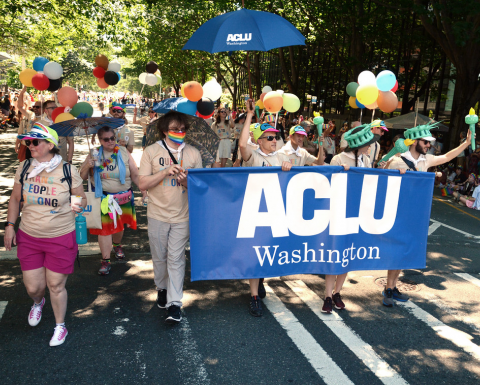A federal court of appeals has ruled that the Seattle School District may use race as one of several tiebreaking factors in assigning students to schools. The American Civil Liberties Union of Washington argued in favor of the school district’s policy in friend-of-the-court briefs.
The 9th Circuit Court of Appeals ruled in favor of the district’s policy, which was designed to prevent schools from becoming as segregated as the neighborhoods around them. The court said increasing diversity at public secondary schools is a compelling governmental purpose, and that the district’s plan was narrowly focused for that purpose.
“The Seattle School District’s limited use of race in assigning students to high schools is a valid and effective response to the racial isolation that results from Seattle's housing patterns,” said Paul Lawrence, an ACLU cooperating attorney with the firm of Preston Gates & Ellis, LLP who drafted the ACLU briefs in support of the district’s plan. “As a result, Seattle school students can obtain educational benefits that result from an enhanced exchange of ideas, and the socialization benefits that will help students work and live together as adults. A student's diverse experience now will make better citizens later.”
This decision has national implications. It is the first federal appeals court case to define the criteria for using race as a factor in affirmative action plans for assigning students to a public secondary school. The courts have previously ruled on the use of race in affirmative action plans for admissions at public universities.
The U.S. Supreme Court has permitted race-conscious admission programs for public universities when a school had a compelling interest in ensuring the educational value of diversity and a narrowly defined plan that avoided quotas or mathematical formulas. The Court of Appeals ruled 7-4 that the Seattle plan meets these criteria.
Seattle weighed race in admissions decisions only when a school received more student applicants than it could accommodate. The school considered three factors to give preference to students: 1) whether the student had a sibling in the school; 2) whether the student’s race helped balance the racial makeup of the school; and 3) student proximity to the school. This system allowed students from minority neighborhoods to attend popular schools in majority areas, and vice versa.




